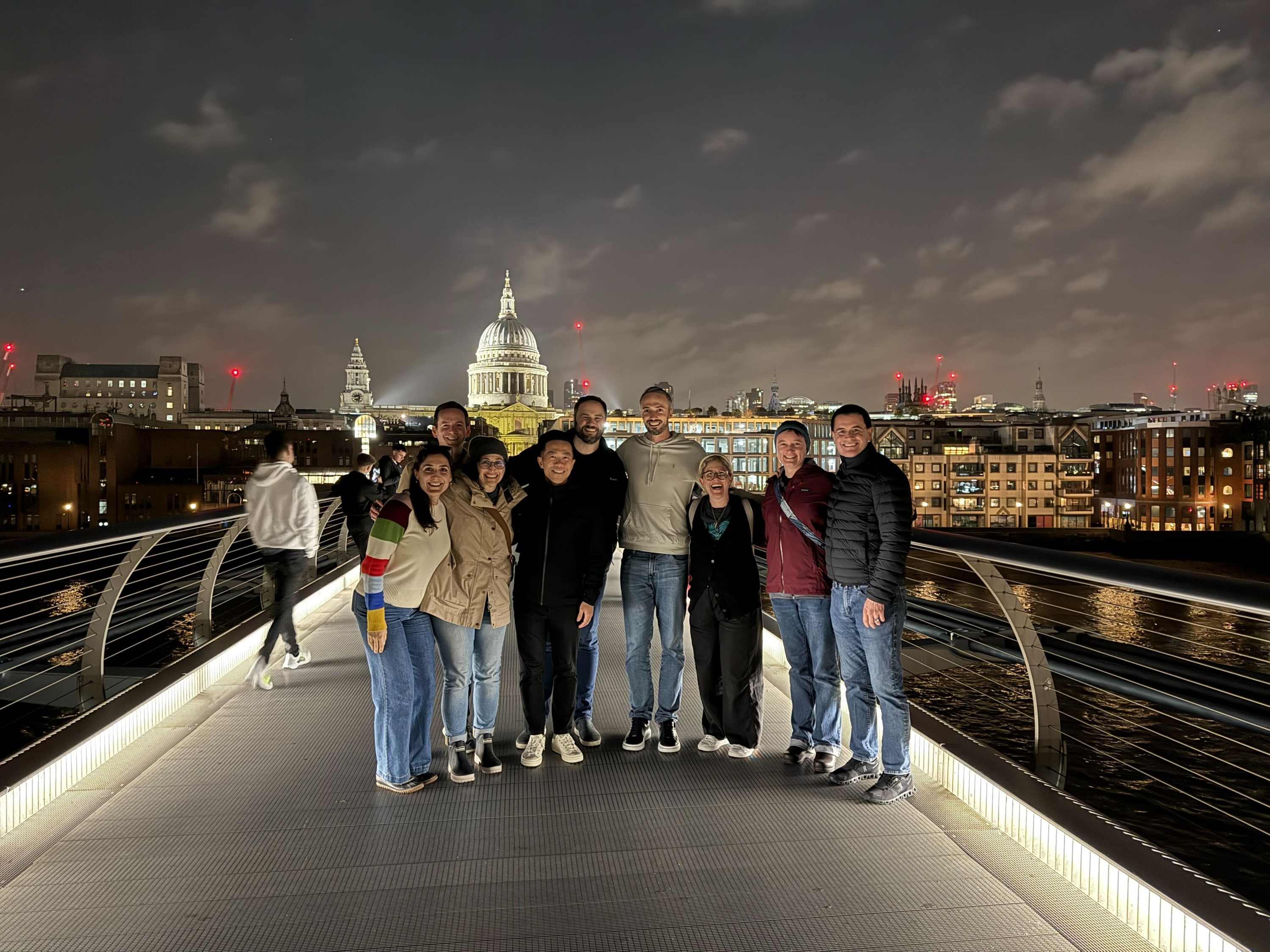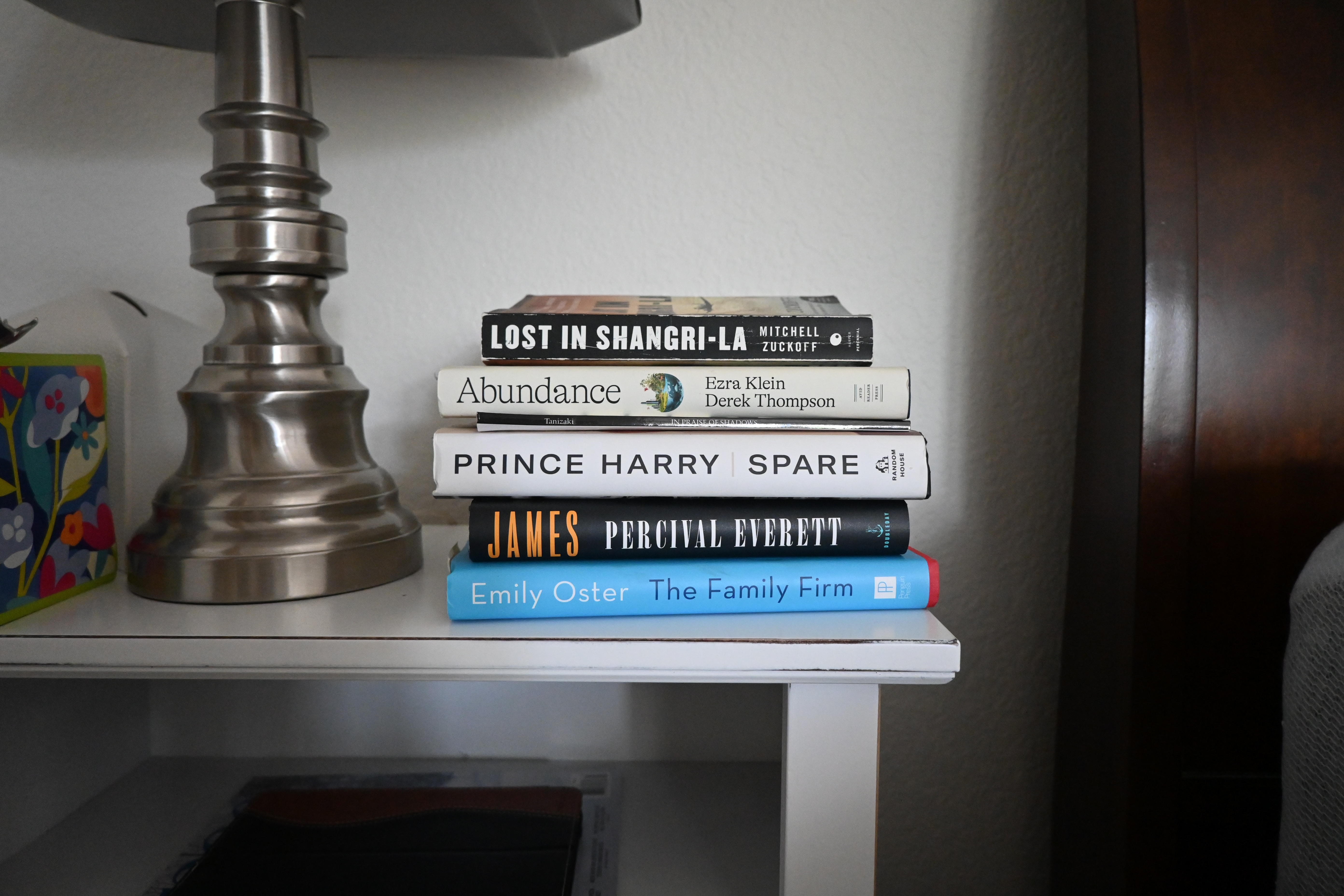When I joined Webflow in April 2024, I knew there would be some growth. But I was hardly expecting to triple the size of my team in my first year. When I started, I had four reports, and by April 2025, I had 12 people in my purview (and growing).
Tripling a team isn't just a hiring challenge, but a challenge of up-leveling my team and myself. Rapid growth is a forcing function. To survive (or dare I say—thrive?) in this pace of growth, I had to scale myself just as much as the org around me was scaling. It meant leaning in in some areas, letting go in others, and becoming even more intentional in how I led. Here's what I focused on:
Asking more of ICs
When you can’t be in every room, you need people who can lead without asking permission. There were a few times when I really wanted to tackle a long term vision or strategy, but looked at my calendar and candidate interviews, and realized it wouldn't get done for weeks. And in the end, that realization was good because it meant giving Staff ICs opportunities to take on more of that big picture work and setting them up to partner successfully with Product and Engineering leadership.
I also knew we'd need an additional manager or two, so I invested in training one high-potential IC to start developing management skills. I worked with her on building the muscle for coaching (not just mentoring), driving (not just noodling), and hiring their team.
And, finally, I tried to raise the bar for my reports in our 1:1 meetings and critiques. I asked folks to come more prepared to make the most of our time together because status updates aren’t how we grow.
What I found through this process was that ICs don't want a hands-off manager. They want someone who inspires them to show up to do their best work, and gets out of the way just enough to make the space for them to fill it.
Scaling myself
Context switching is really hard for new managers. As ICs, we were all used to focusing on a small slice of problems, but as managers get reports, they suddenly have an exponential number of projects and stakeholders to keep track of, especially in design.
Becoming a director is yet another level. The truth is that context switching IS the job as a design leader. Executive functioning, at its core, is about being able to quickly discern what new information is important and what isn’t, to avoid overwhelming your brain under pressure. It's hard to describe exactly how I got better at, other than practice, but it looks like: avoiding "aspirational" (read: unrealistic) to-do lists; less procrastination on quick tasks; more intentional meeting prep at the beginning of the day.
I also realized that I needed to scale my communication. I was hoarding too many shares and reflections in 1:1s, never remembering to hit everyone, and never really saying it just right. So I tried something new, something...awkward. My career coach encouraged me to start sharing weekly reflections in public channels. I held off on this advice for a long time because I thought it would make me seem so self-important. But eventually, I gave it a shot. It felt unnatural at first, but I made sure my updates were as authentically formatted as possible: one thing I'm inspired by, one thing I learned about our customers, and one theme I'm hearing across the org. I was surprised at the response. Designers went out of their way to tell me or my manager how genuinely useful they found my weekly updates, especially hearing me validate some of the fears or themes they were sensing in their own work.
Hiring managers thoughtfully
I knew we needed managers to keep scaling sustainably, but with a team of mostly Staff level designers, many of them well tenured, it was difficult news to break that we needed another layer of management when I myself was still new. Bringing in a new managers can be destabilizing, and I didn't want to break any sense of belonging with such a high-performing team. So I really had to earn the team’s trust that I would hire someone strong. They needed to believe that I wasn’t just hiring for empire building—I was hiring people who would make their day-to-day better. To do this, I included them as much as possible in the process, either directly on the hiring panel, or indirectly getting their input and thoughts in 1:1s and group sessions. It took weeks to truly calibrate as a team on what we were looking for in a manager, but eventually we landed on a vision for the role and found a great addition to the team who has been a seamless transition.
Once the right people were in, it took some time for me to realize I had to back off a bit. I kept waiting for people to fill in, but it's difficult to fill gaps that aren't there. I had to give them space to lead in their own way, not mine. That trust muscle takes time to build, and it’s uncomfortable but necessary.
And now?
The team is full of people I'm proud to work with. Here are just a few:
- Brayden – I like to think of Brayden as proof that the AI forefront isn't just for jerks. Talented, kind, humble.
- Benson – Leads through action, not ego. Always doing more than his job description without seeking applause.
- Mari – Iterates like a designer should: on every project her process is sharper than the last.
- Kiran – The definition of customer obsession. Did something like 50 customer interviews in a few short months.
- Itzel – Made custom animated illustrations for an internal deck. Enough said.
- Sarla – Jumped into AI prototyping without flinching to hit the ground running.
- Matt – Thinks deeply about people development. It shows in how he talks about his team and vice versa.
- Josh – Asks the deep, hard questions that most people are too afraid to ask.
I’ve made mistakes, and learned a lot. Tripling a team in a year isn't a solo feat. It’s taken a culture of building trust and up-leveling together as a team.

